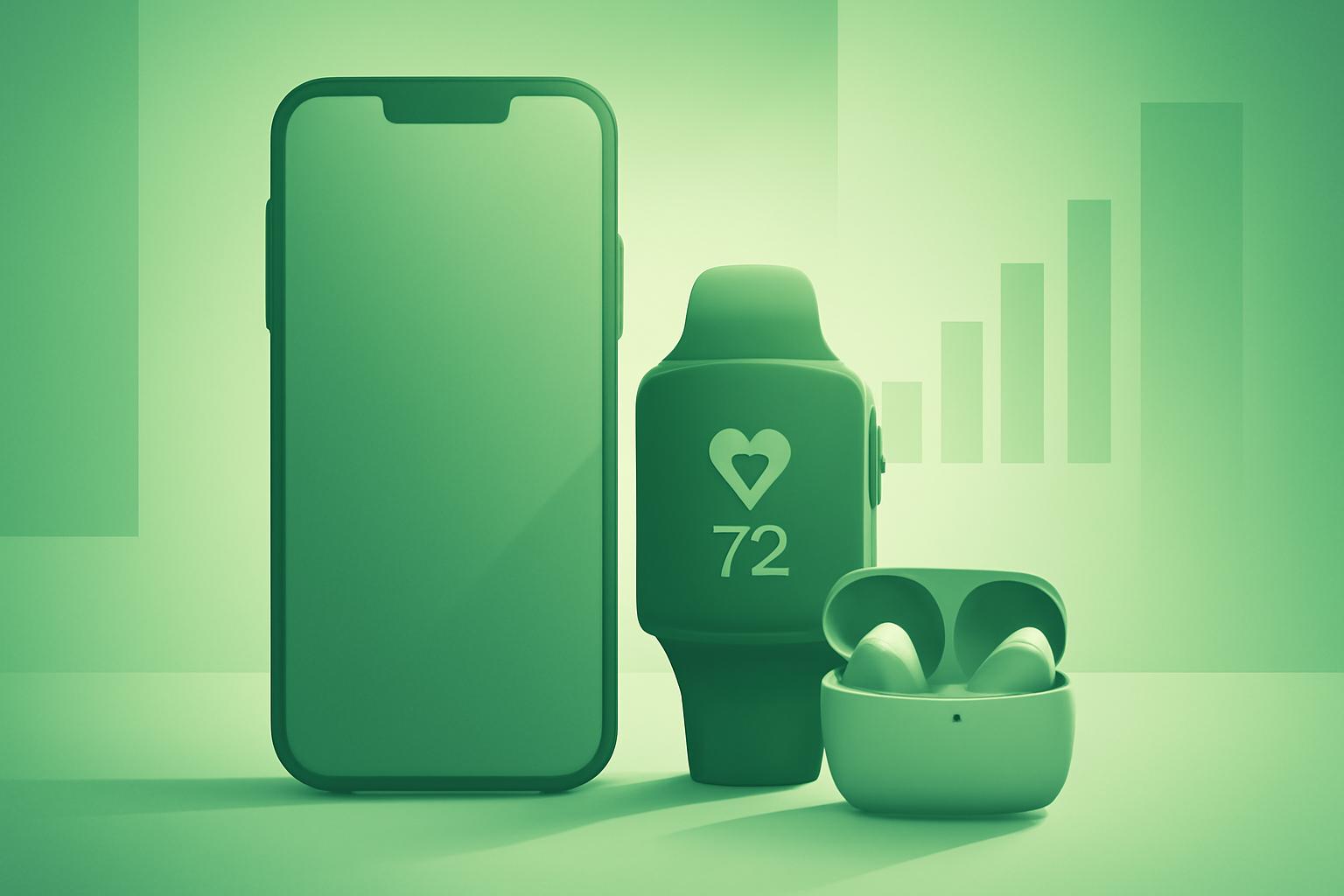Apple Launches iPhone 17 Series with Enhanced Displays and Cameras
Apple held its latest hardware event unveiling the iPhone 17 lineup alongside updates to the Apple Watch and AirPods. The standard iPhone 17 now sports a 6.3-inch screen, a 0.2-inch increase from its predecessor, paired with a 120Hz display, doubling the refresh rate from the iPhone 16’s 60Hz. The device also features a 48-megapixel ultrawide camera and comes in five new colors: lavender, mist blue, black, white, and sage.
The iPhone 17 Pro and Pro Max models received a redesign on the rear camera array, now arranged in a rectangular bar spanning the device’s width. The Pro model notably switches from a titanium frame to aluminum. Pricing starts at $799 for the iPhone 17 (256GB base storage), $1,099 for the Pro, and $1,199 for the Pro Max.
Introducing the Ultra-Thin iPhone Air
Replacing the iPhone Plus, Apple debuted the iPhone Air, its thinnest phone to date at 5.6mm thickness. The device features a 6.6-inch ProMotion display with 120Hz refresh rate and exclusively supports eSIM, contributing to its slim profile. Available in black, white, sky blue, and light gold, the iPhone Air is priced at $999. Industry observers note this move aligns Apple with competitors like Samsung and Huawei, who have emphasized thinner smartphones, potentially setting the stage for Apple’s anticipated foldable phone launch in 2026.
Apple Watch Series 11, Ultra 3, and SE 3 Enhancements
Apple introduced the Apple Watch Ultra 3, which now supports faster charging, 5G connectivity, and satellite communication, along with a larger display. Both the Ultra 3 and Series 11 models incorporate blood pressure monitoring technology capable of alerting users to abnormal readings. The Apple Watch SE 3 received modest updates including an always-on display powered by a new S10 chip. Pricing is set at $249 for the SE 3, $399 for the Series 11, and $799 for the Ultra 3.
AirPods Pro 3: Smaller Design with Health and Translation Features
The AirPods Pro 3, retailing at $249, come with a more compact earbud design and enhanced audio performance. A new heart-rate sensor enables health monitoring, while live translation technology powered by Apple Intelligence facilitates real-time language translation for users. This marks a significant update since the AirPods Pro 2 launched in 2022.
Notable Absence of AI-Enhanced Siri
Despite the extensive hardware updates, Apple’s event notably lacked any mention of advancements to Siri involving artificial intelligence, a development that leaves the company trailing competitors like Google in voice assistant innovation.
FinOracleAI — Market View
Apple’s refreshed hardware lineup, particularly the iPhone 17 series and ultra-thin iPhone Air, is likely to drive consumer interest and sustain strong sales momentum through the holiday season. The introduction of health-focused features in the Apple Watch and AirPods Pro 3 enhances Apple’s competitive position in the wearable market. However, the absence of AI enhancements for Siri may limit Apple’s ability to compete in voice assistant technology, an area increasingly valued by consumers.
Investors should monitor initial sales data and consumer reception of the iPhone Air’s design innovation and the uptake of health monitoring features in wearables. Additionally, how Apple addresses its AI gap in forthcoming updates will be critical for maintaining its ecosystem’s appeal.
Impact: positive













